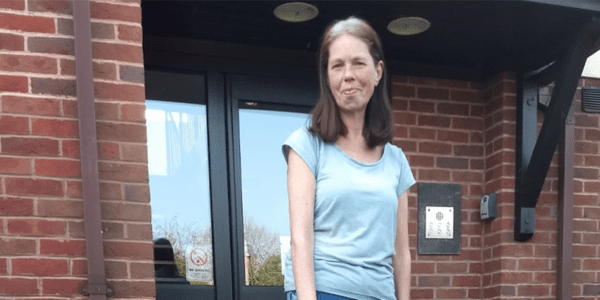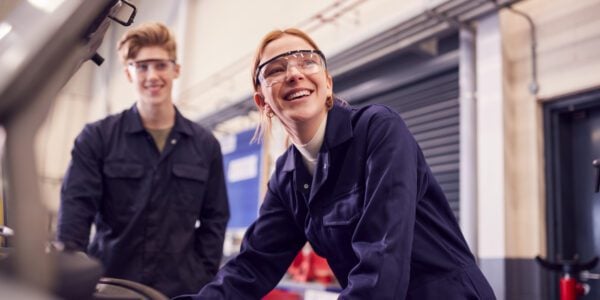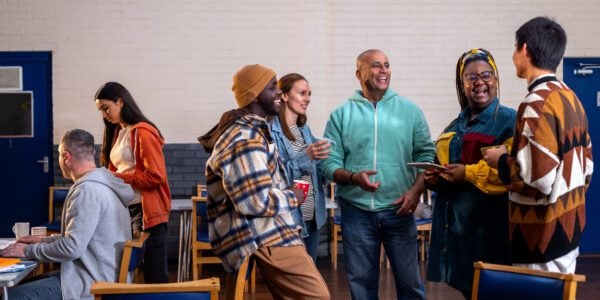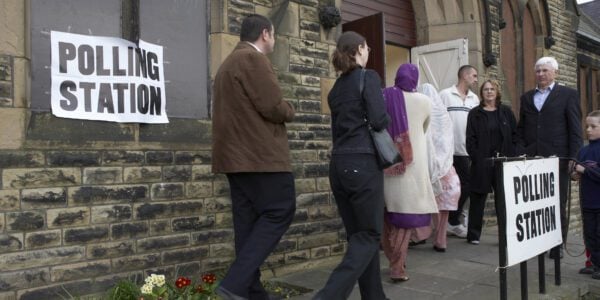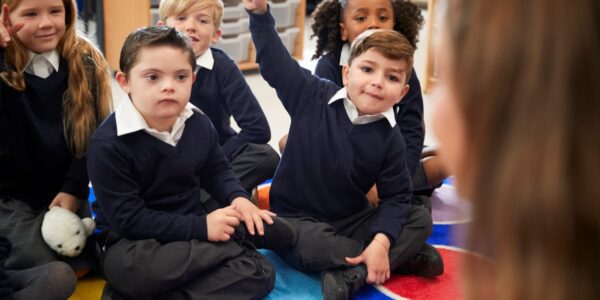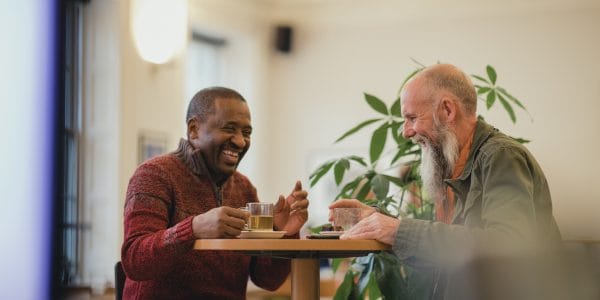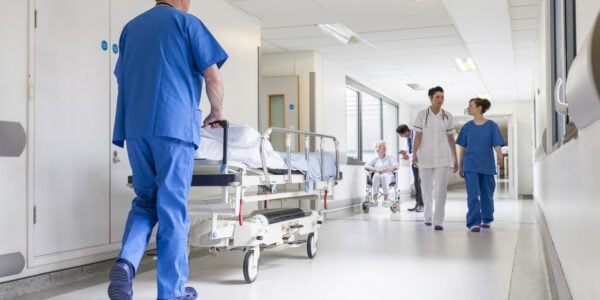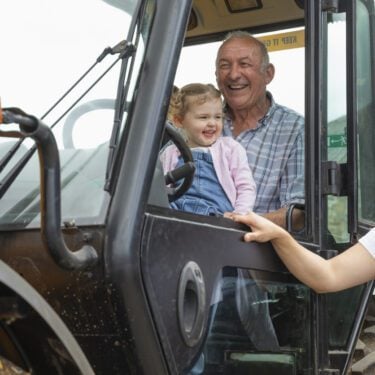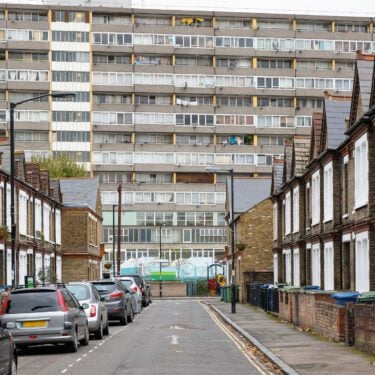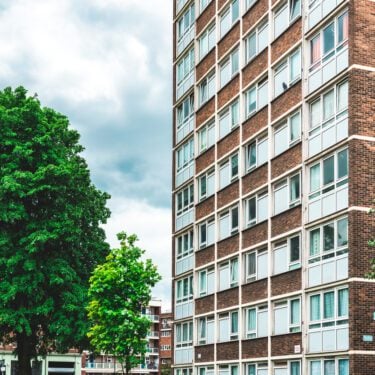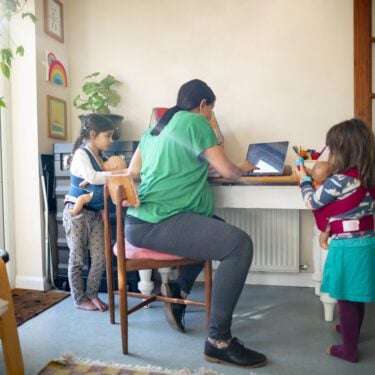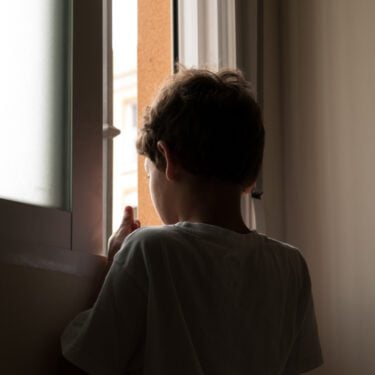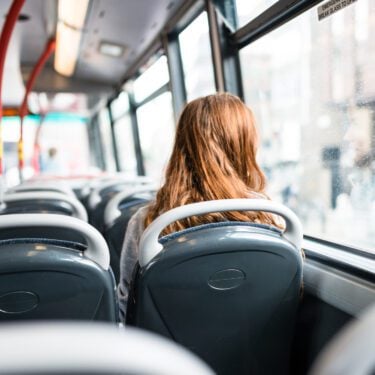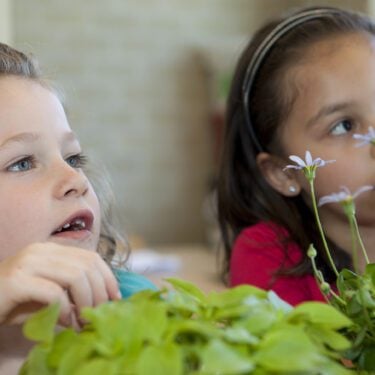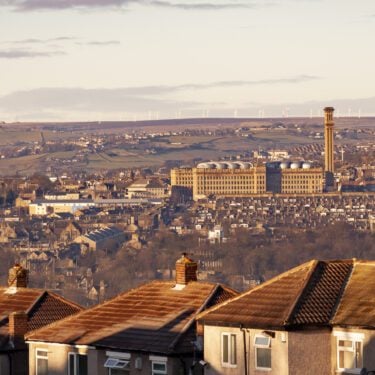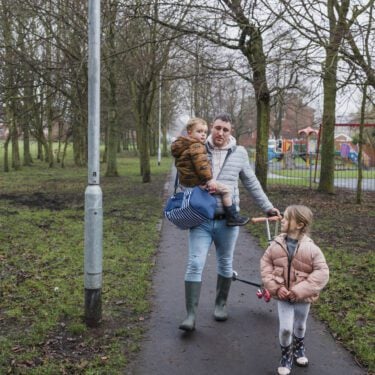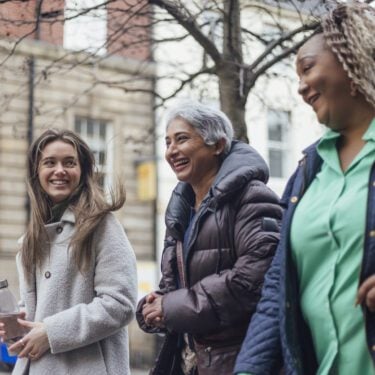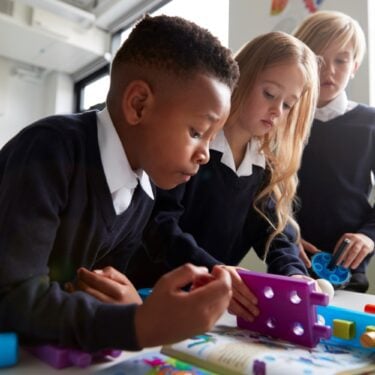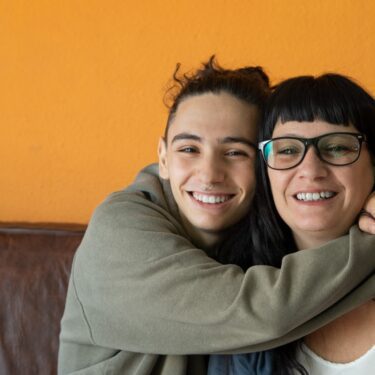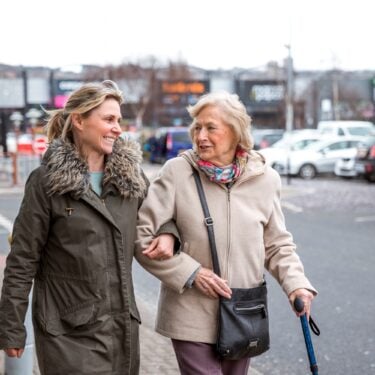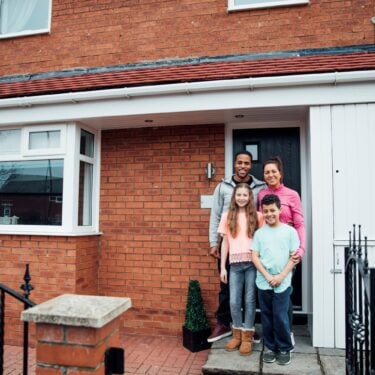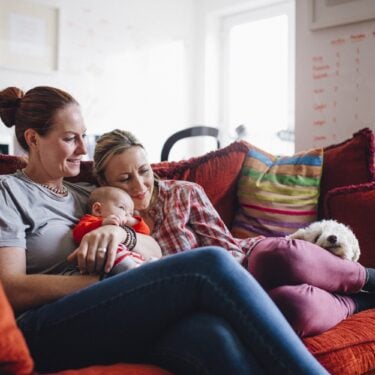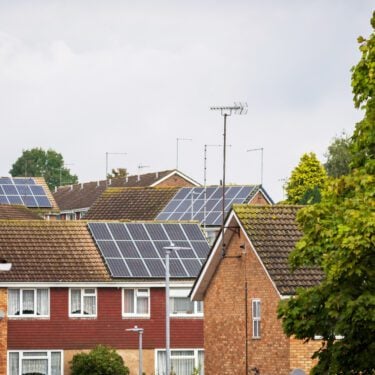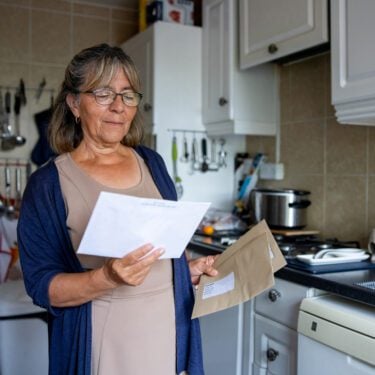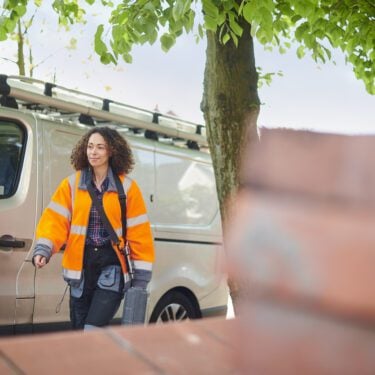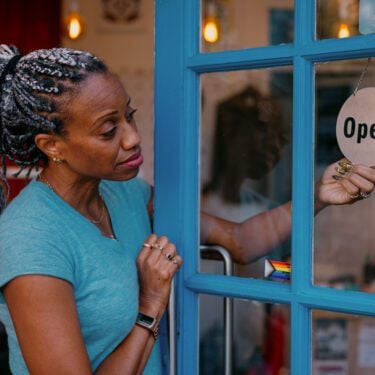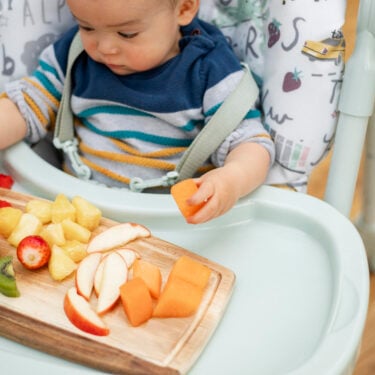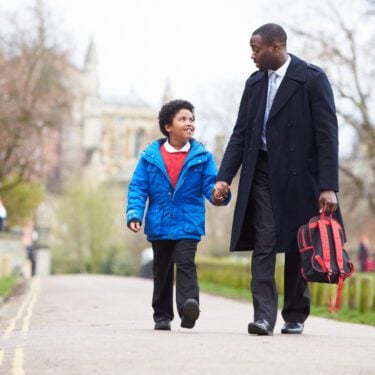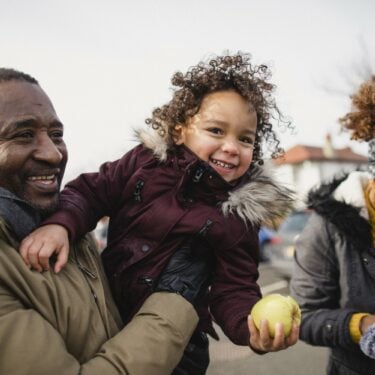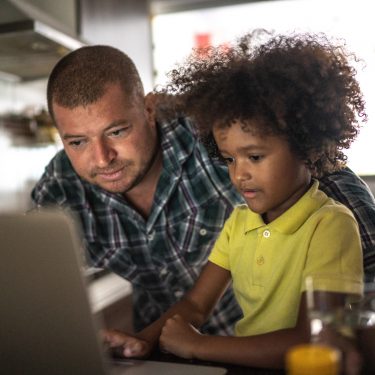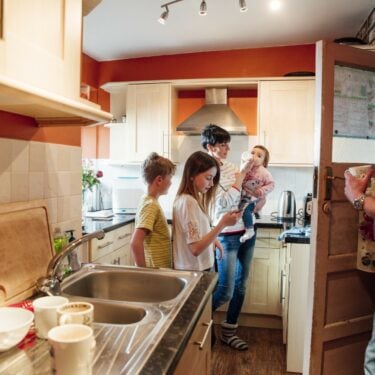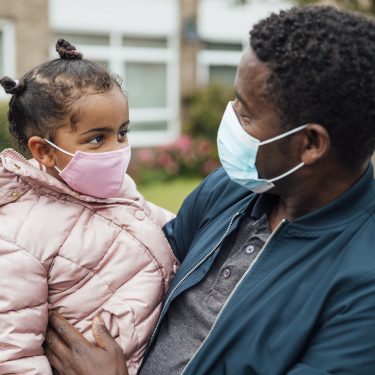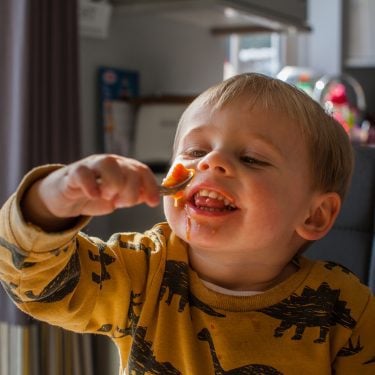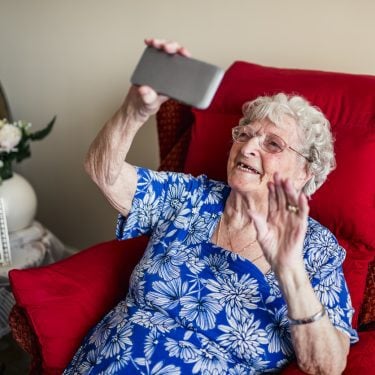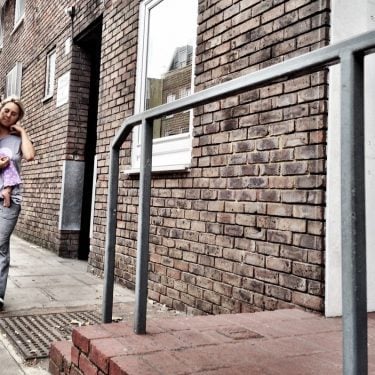
29/09/14
2 min read
A study of family breakdown by Professor Mike Brewer and Dr Alita Nandi at the Institute for Social and Economic Research at the University of Essex, funded by the Nuffield Foundation, has found that women and children suffer most when couples split.
The study, ‘Partnership dissolution: how does it affect income, employment and well-being?’, looked at how incomes, employment patterns, housing, mental health and life satisfaction change when couples split up. Using data from all 18 waves (1991-2008) of the British Household Panel Survey (BHPS), an annual longitudinal survey that interviews every adult member of a nationally-representative sample of around 5,000 households, the study assesses comprehensively how these different domains change in the years following separation.
The most important results are that children and their mothers see living standards fall by more, on average, after separation, than do fathers. Correspondingly, around 15 percent of mothers and 19 percent of children fall into relative poverty upon separation.
Mike Brewer, Professor of Economics at the University of Essex said:
“Women continue to see living standards fall by more after separation than men, especially when children are involved, but even for couples with no children. Mothers and children from high-income families see especially large drops in living standards, because the loss of the man’s earnings is in no way compensated for by higher income from alimony, child maintenance, benefits and tax credits, and having fewer mouths to feed.”
An even more striking finding, although one affecting fewer individuals, is the gender gap in living standards after separation of men and women from couples with grown-up children: these women, who are mostly aged over 50 and tend to have been married, see living standards fall by far more, on average, after separation, than their former partners, and almost a third fall into relative poverty.
The study supports previous findings showing that some individuals (mostly men, and mostly from previously low-income couples) see little impact in their household net income around separation because, post-separation, they move in with other adults (but not as husband and wife).
Finally, the researchers found that, for all groups, mental health and life satisfaction decline around the time of separation, but both are quick to return to pre-split levels. These trends seem unrelated to what happens to income after separation.
The research will be of interest to the policy makers currently considering more ways to support families and to reduce family breakdown rates. The UK has one of the highest rates of family breakdown in the developed world, with 69% of children living with both parents, according to the most recent OECD figures, which puts Britain in the bottom four – above only Belgium, Estonia and Latvia for split families against an OECD average of 84%.
Partnership dissolution: how does it affect income, employment and well-being? By Professor Mike Brewer and Dr Alita Nandi, is published by the Institute for Social and Economic Research as Working Paper 2014-30. Mike Brewer discusses this research as part of ISER’s award-winning podcast series.


